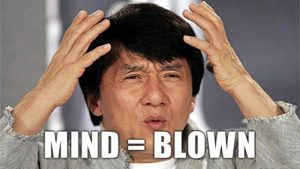Formal Analysis is a form of critiquing an art piece from any era. In other words, this is when someone who writes a description and a study on a piece of art of any form and pinpoints the various areas of attention that the artist (deceased or alive) intended and unintentionally implemented into the piece. The text provides more concrete evidence than most descriptions because it dives deep into the smaller elements of the art. This includes components like line, shape and form, space, color and texture. Through each component, every little bit of the art is broken down and further examined for their purpose in the literal and implicit meanings.
As mentioned, Formal Analysis is composed of various components that build up to a completed conclusion of a piece of art. Of these components, the subsections build each part of the core subject and makes the picture easier to consume by section. Each section compiles different approaches and further breaks down why it was made this way. Works of art are often unique and some artists have a continuity of details they exploit to make each work different yet theirs when it is observed down to the roots. Details like this can be explored much deeper when looking specifically for a class of structures like the way some lines are drawn or painted and the posture of the drawn figure. Hence, it can be said that Formal Analysis strives in the need to observe a work of art down to its core for the most meaning full explanation.




I agree that formal analysis allows us to find significance in the smallest things. From lines to colors, they all play a role in telling a story. Though we might not know what the painter had in mind exactly, we can have a comprehensive understanding of the painting on its own.